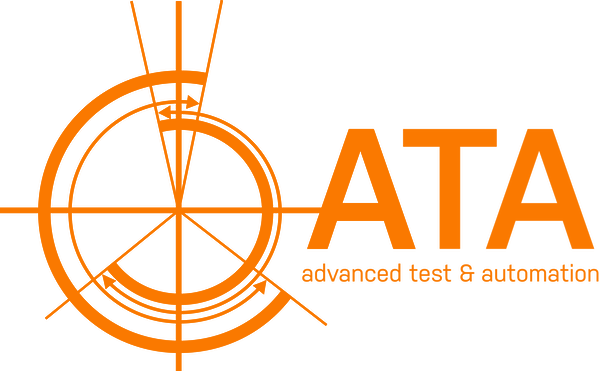Air contamination in oil is a serious condition. There are five problems associated with aerated oil that can be deadly to lubrication components, like oil pumps.
Read MoreWith proper measurements one can quantify the susceptibility of one's design or component to the negative effects of aeration.
Read MoreThere are a number of ways to introduce air into the oil to obtain a certain level of aeration. There are two predominant methods for achieving oil aeration: suction port t-fitting and direct injection.
Read MoreApart from the ingress of debris, the greatest danger to any design of a pump is cavitation. The phenomenon can be found in centrifugal (i.e. impeller) or positive displacement (i.e. gear, gerotor or vane) pumps, in both oil and coolant applications. Excessive cavitation can lead to erosion damage. It is important to understand how cavitation occurs as there are some misconceptions and confusion on this topic.
Read MoreThe major purpose of lubrication oil is to provide low bearing friction, to transfer heat and to protect components from corrosion. Contaminants will affect the oil’s ability to meet these requirements.
Read MoreMany OEMs are battling to improve vehicle durability, increase efficiency and reduce noise, but are struggling to find the answers. Unfortunately, many of the recent design trend are forcing higher aeration levels, and far too many OEMs are unaware.
In the pursuit of greater efficiency, many OEMs are making design decisions that may amplify the effects of oil aeration. Air bubbles may seem benign, but they can detrimentally affect the performance and durability of engines, drivelines and hydraulic equipment.
Read MoreWe sat down with OEMs, seasoned pump design release engineers and validation technicians. We wanted to understand the most frequent variable displacement vane pump failures and how someone developing these pumps could avoid them.
Read MoreIncreasing electrification of traditionally mechanically-driven components in the automotive industry has been visible in many segments of the vehicle subsystems, such as lubrication circuits and cooling circuits. Some of the components include electric oil pumps, electric water pumps, electric coolant valves, etc. As the parts evolve from purely mechanical components to a combination of mechanical and electronic hardware, the methods used to validate the components have also evolved.
Read MoreMany people question the value of contracts but only consider support when things go wrong. In this blog post we discuss how you can save money if things go wrong, save time when help is needed and make money by increasing efficiency.
Read MoreWe started with two questions: Are automotive companies researching and testing additive manufacturing? If so, then what steps are they taking to implement this into their projects going forward? UW's Lisa Brock informed of the several industry-leading companies that are currently conducting case studies and even implementing additive manufacturing to their portfolio.
Read MoreThe disruption created by multiple converging innovations arguably rivals the importance of the internal combustion engine itself. Are we ready for electric and autonomous vehicles?
Read MoreWhether developing a new hydraulic pump design that has to closely match predefined specifications, or verifying the functionality of a production unit, an accurate and reliable test system is needed to confirm the functional parameters of those pumps.
Read More













